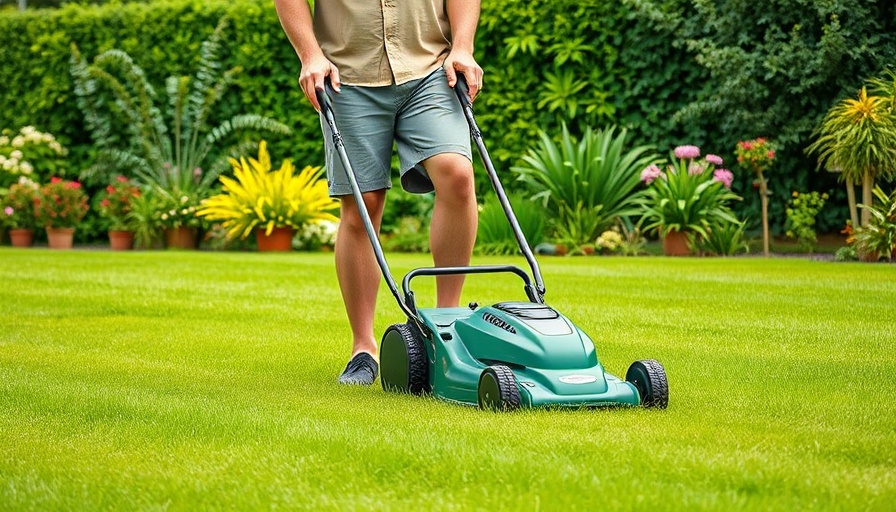
Why Yellow Tags Are Essential for Driver Safety
As you navigate your daily routes, you may have encountered yellow tags on the road, but you might not know their purpose. These tags aren't just random markings; they play a crucial role in maintaining lane safety during road work and ensure drivers stay on course. Understanding their function goes beyond mere curiosity—it's about ensuring you and your fellow commuters can maneuver safely.
Temporary Markers: More Than Meets the Eye
Yellow tags serve as temporary road markers, often placed during construction or maintenance work to guide drivers when standard lane markings are obscured. According to the State of California Department of Transportation, these yellow tags help delineate lanes effectively when they might not be clearly visible due to wear and tear or ongoing construction. They act as reflective aids, making lane orientation easier, especially at night.
Distinguishing Between Different Road Markers
It's important to differentiate these yellow tags from other temporary indicators like raised pavement markers. While both aim to improve visibility, raised markings could indicate short-term lane shifts, especially in active work zones. Understanding the differences in these markers can help you respond appropriately while driving, reducing your risk of confusion on the road.
The Role of Markings in Road Safety
Road markings, whether permanent or temporary, form the backbone of traffic management and safety. They create a psychological boundary for drivers, helping to prevent accidents and improve overall roadway efficiency. As per Louisiana’s Department of Transportation, the same principles apply to both types of markers, signifying the importance of clear lane demarcation.
Real-Life Implications and Considerations
Imagine you're rushing home after a long day, and suddenly, road markings change. If you're unaware of what those yellow tags signify, you could find yourself confused or inadvertently deviating from your path. On top of this, maintaining awareness of such temporary changes can give you a sense of competency on the road, allowing for a more relaxing drive.
Driving Forward: What This Means for You
As our roads constantly evolve, staying informed about road markings improves not just your safety but everyone else’s as well. So, next time you see those yellow tags, know that they’re there for your guidance. Whether you're on your daily commute or embarking on a road trip, maintaining awareness of temporary and permanent road markers is essential. This knowledge isn’t just for you; it's for the safety of all road users.
As thrilling as a drive can be, let's commit to making it a safer experience by understanding the elements around us. From yellow tags to lane markings, knowledge is power—power that keeps us safer on the roads.
 Add Row
Add Row  Add
Add 




Write A Comment